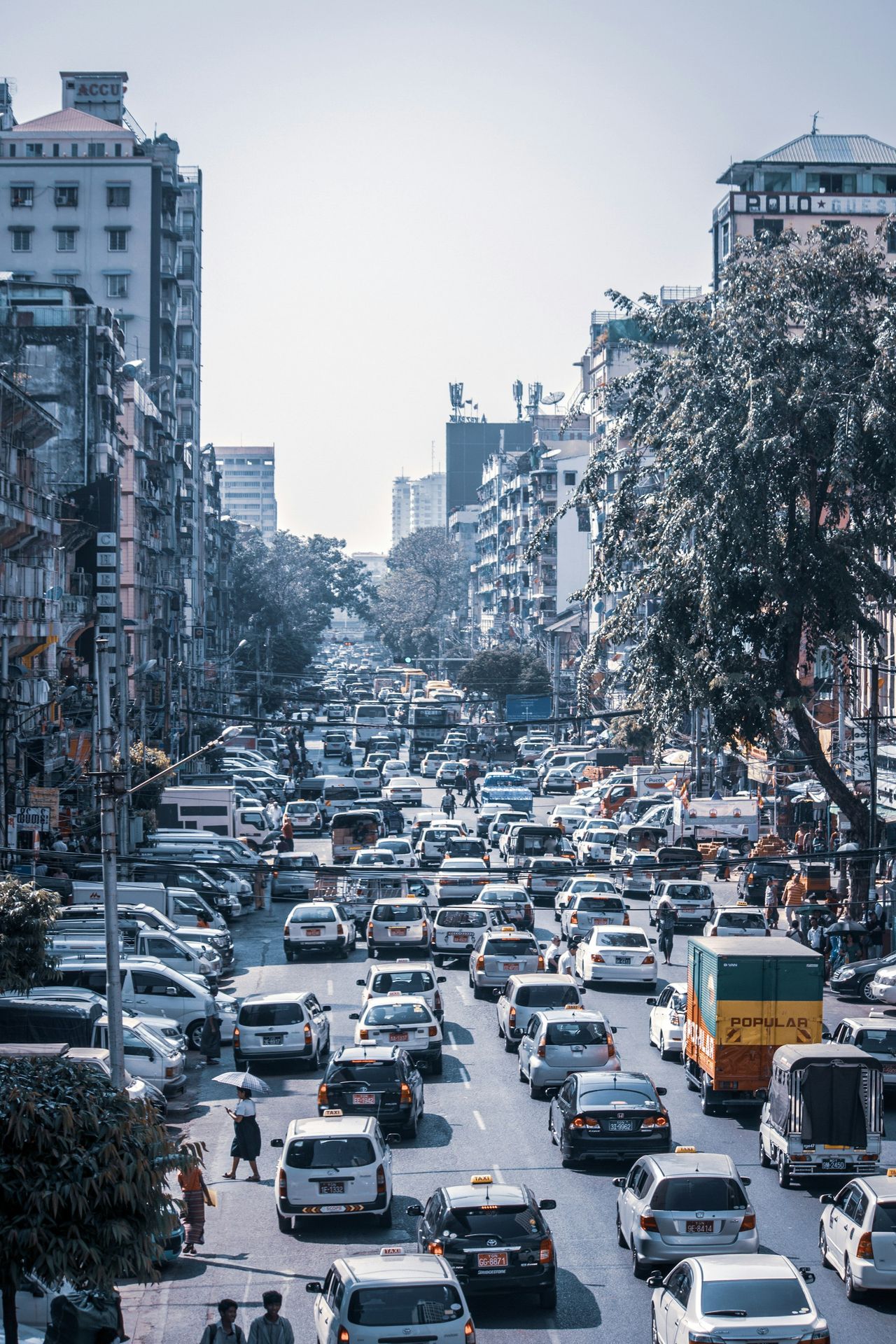
I was born and raised in Davao City, a place where the population was relatively small during my childhood years. Back then, we only had one mall, and whenever we visited it, we would often run into acquaintances and friends. It was a time when everyone knew each other, and getting around the city was easy with the abundance of Public Utility Vehicles and the widespread use of public transportation.
As I pursued my career and moved to a larger city, I witnessed firsthand the challenges of urban growth and traffic congestion. To my surprise, Davao City is now beginning to face similar traffic issues. I foresee that Davao City may
eventually encounter the same traffic problems that Metro Manila has long been grappling with, unless we proactively implement changes in our way of working.
Drawing from my experiences as an IT developer and Solution Architect, I have observed how cities both locally and abroad leverage Information Technology in public transportation and business operations. During my visits to different countries, I noticed the advanced use of technology in various aspects of daily life:
- In the USA, businesses efficiently utilize technology for payment processing, accounting, and tax management.
- Australia boasts real-time schedules for trains and transportation, enhancing convenience for commuters.
- European businesses are embracing information technology to expand globally and improve operational efficiency.
- Asian countries like Taiwan, Hong Kong, Singapore, and South Korea integrate technology seamlessly into everyday activities.
Given the impending traffic challenges in Davao City, I propose the following strategies to mitigate the issue:
- Increase Public Transportation: Enhancing the public transportation system can reduce reliance on private vehicles and alleviate traffic congestion.
- Implement a Hybrid Work Setup: Introducing flexible work arrangements can reduce the daily commute for employees, thereby decreasing traffic volume.
- Establish Online Platforms: Introducing websites for businesses can enable them to showcase their products and services online, reducing the need for physical visits and driving around the city.
- Promote E-commerce: Encouraging businesses to conduct transactions electronically can minimize the use of physical paperwork and in-person interactions, leading to a reduction in carbon footprint.
By embracing these technological advancements and implementing innovative solutions, Davao City can proactively address its upcoming traffic challenges and pave the way for a more sustainable and efficient urban environment.
Anticipating Davao's Traffic Problem